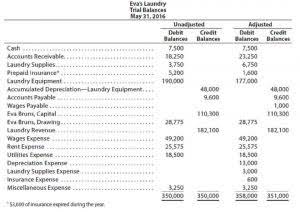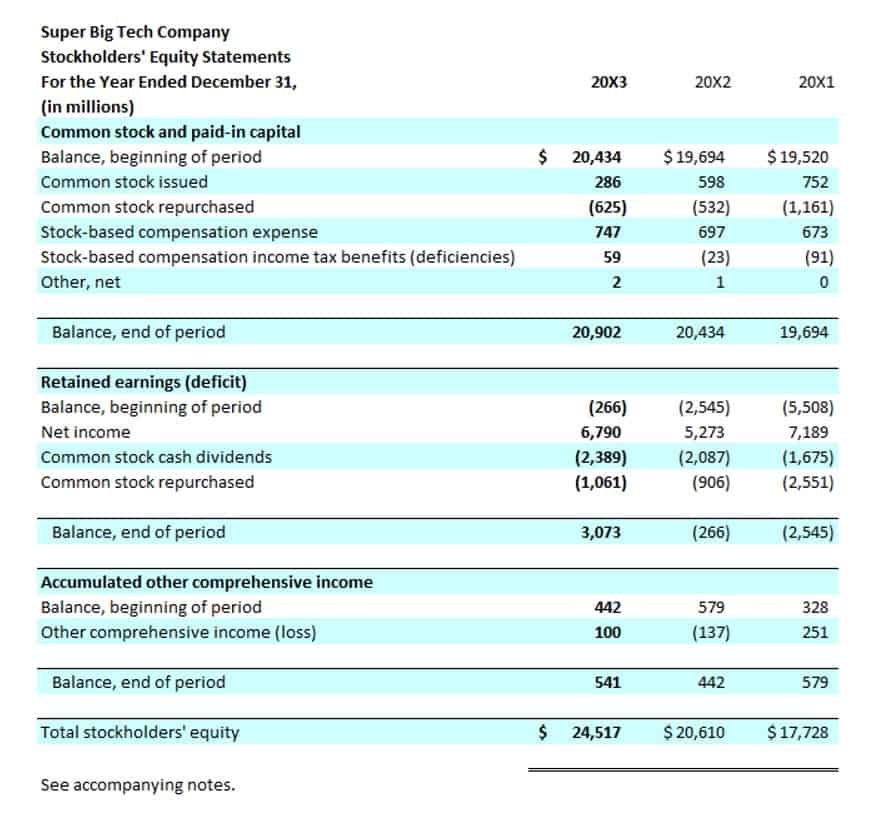
An essential aspect of FP&A is the ongoing analysis of the company’s financial performance against organizational plans and forecasts. Through identifying discrepancies between actual results and budgeted or forecasted figures, variance analysis offers insights into why these discrepancies occurred. This continuous evaluation process helps companies refine financial strategies, optimize performance and achieve Liability Accounts strategic goals more effectively.
Understand Pros and Cons of Purchase Order Financing Before You Apply

Some of these functions happen daily, while others may only occur on a monthly, quarterly or annual schedule. Join the ranks of elite financial professionals with our FP&A Certified Core course. You could also apply for internal FP&A job postings and transition within your current company if this is a possible option. Effective communication is another vital skill of FP&A, as they need to coordinate with key stakeholders from various departments and be able to explain complex information clearly and concisely.

Business Intelligence Reporting For Finance Teams

By following best practices, utilizing the right technology and tools, and building a solid and talented team, organizations can effectively implement FP&A and achieve their goals and objectives. In this guide, we will explore the key processes and techniques used in FP&A, as well as the top tools and software available on the market. We will also discuss the importance of data management and reporting and delve into the roles and responsibilities of the FP&A team. An effective FP&A professional needs a blend of technical and strategic skills. Mastery in financial modeling, data analysis, and statistical tools is crucial.
Why FP&A is crucial to business success
It supports more effective financial management, reduces financial uncertainty and enhances long-term financial stability. While accounting records transactions and keeps the books, FP&A offers insights and strategies for the future. FP&A reports to senior leadership, and also produces the all-important budget. These separate transactions then roll up into financial reports – think the balance sheet, income statement, and more.
With the rise of digital transformation, a myriad of tools are available to streamline FP&A tasks. Software platforms like Oracle Hyperion, SAP BPC, and Datarails provide advanced solutions for budgeting, forecasting, and performance management. These tools facilitate seamless data integration, interactive visualization, and real-time analytics, enhancing the efficiency what is fp&a and accuracy of the FP&A process.
- Costs of goods sold (COGS) is the total cost that an organization incurs to produce and sell a product or service to a customer for a given time period.
- Return on equity is the profit generated on shareholders’ equity, which measures how efficiently an organization provides returns from a shareholder perspective.
- The use of predictive analytics and machine learning algorithms will become more prevalent in forecasting future financial outcomes.
- While FP&A on its own won’t solve cash flow worries, the process that goes into it will give small business owners the information they need to pinpoint when they can expect cash flow gaps.

This thorough validation prevents discrepancies from affecting forecasts and plans. Instead of just identifying where actuals missed the forecast, modern FP&A teams focus on causal analysis. IBM Finance Consulting Services help transform finance operations with data-driven insights, automation, and AI-powered innovation. Plan smarter and act faster with IBM Planning Analytics — AI-infused https://www.bookstime.com/ forecasting and reporting that adapts to your business, on cloud or on-premises. Experience the synergy of AI, analytics, and teamwork in the planning process. Unlike accounting which focuses on past financial results and regulatory compliance, FP&A has a forward-looking mission.

Understanding the key differences between FP&A vs accounting is essential for any finance professional. While accounting is all about recording and reporting on past financial transactions, FP&A looks to the future, focusing primarily on forecasting and strategic planning. If organizations effectively leverage financial data, they can better understand their revenue streams, expenses, and overall financial health. This understanding helps them identify areas for improvement, correct course, and plan accordingly. This suite provides tools specifically designed for the core forward-looking tasks of FP&A.
FP&A also plays a role in financial consolidation—enabling accurate group reports, timely financial statements, and robust financial control. By aligning financial strategies with business objectives, FP&A helps organizations sustain growth and enhance financial performance. XP&A (extended planning and analysis) is a term some enterprises use to describe the modern evolution of FP&A. It emphasizes connecting department-level plans to company-wide forecasts.
Steps in the FP&A Process
- A fiscal year (FY) is a 12-month period used for accounting purposes and in preparation of financial statements.
- Senior roles in FP&A typically have higher salaries due to their strategic importance in guiding business decisions and financial planning.
- Here’s what FP&A looks like today—and how it evolves as organizations grow.
- However, the ability to interpret this data, think strategically, and communicate findings effectively to non-financial stakeholders is equally important.
- Risk management is the practice of identifying, evaluating, quantifying, and managing an organization’s risks.
The cash basis is used to record short-term items when cash changes hands. Long-term balance sheet items such as long-term debt and fixed assets are recorded using the accrual basis, with depreciation and amortization accrued over time. A cash flow break-even point is the point at which revenue equals fixed and variable costs so that the sum of cash inflows and outflows equals zero. Capital expenditures is the amount of money used to acquire, maintain, or improve fixed assets or other assets that provide long-term value, such as land, buildings, and equipment.
Leave a Reply